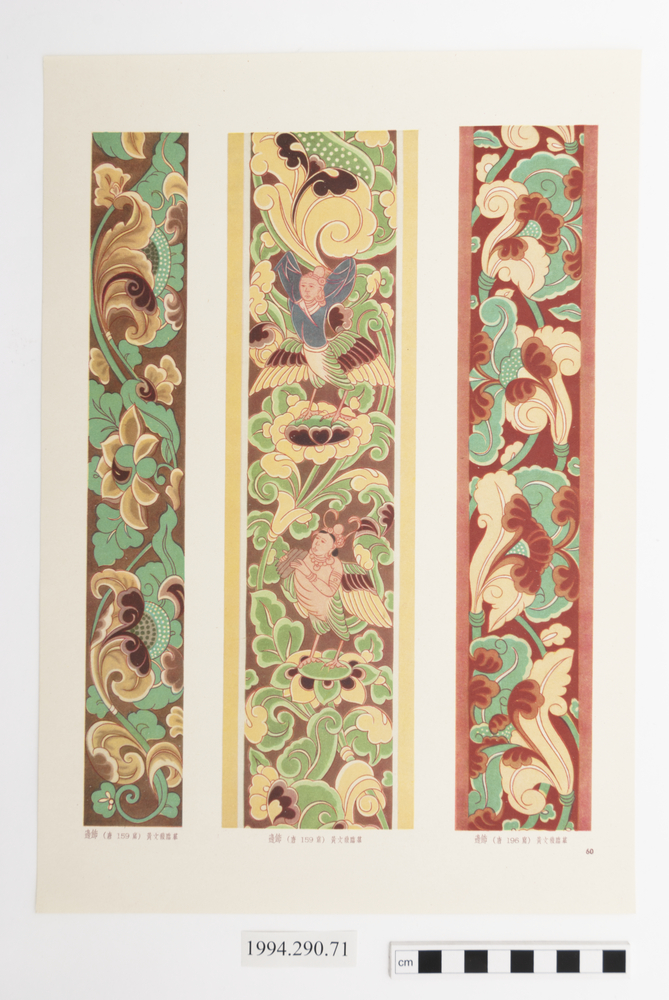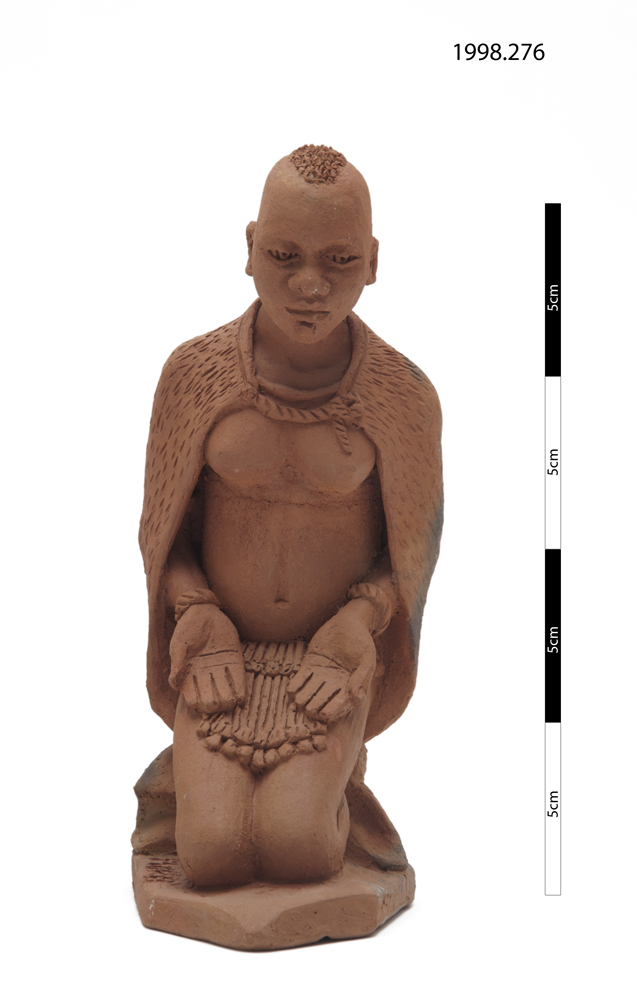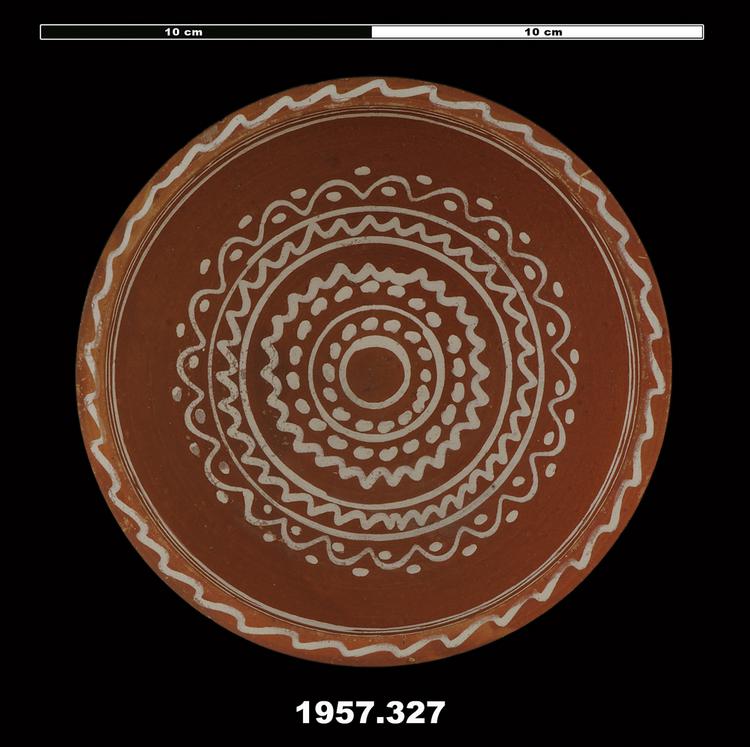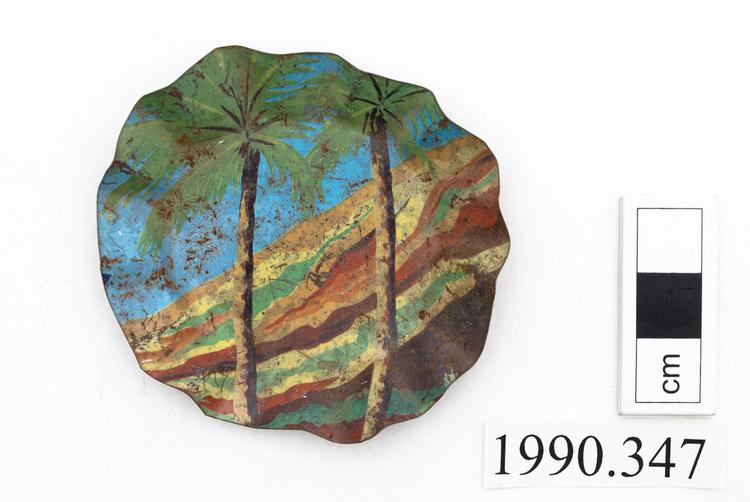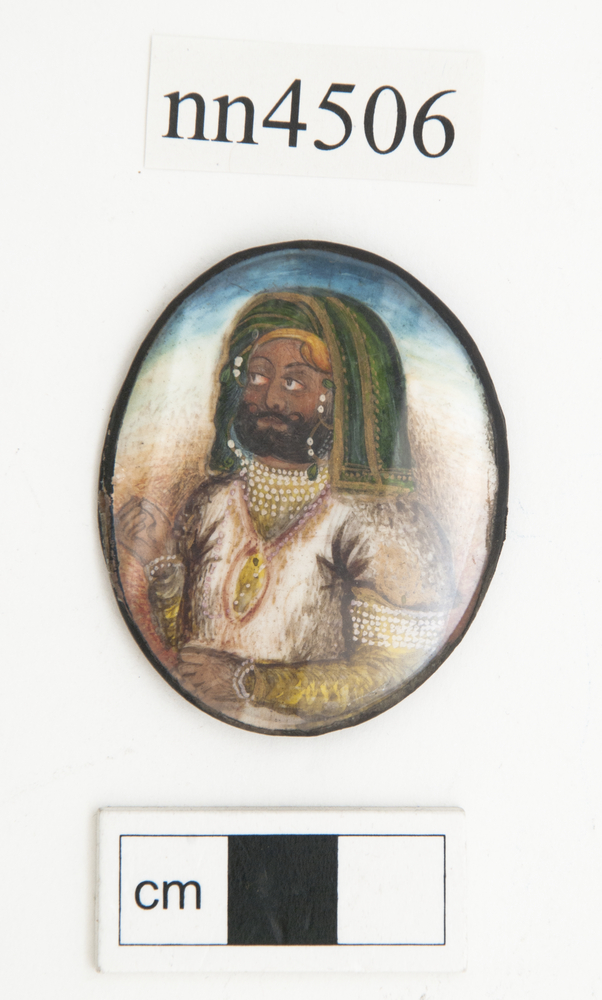
Miniature painting on paper of Maharaja Sher Singh (1807-1843), Sikh sovereign of the Punjab from January 1841 until his death in September 1843. Gouache (possibly heightened with gold) on ivory.
Sher Singh and his twin brother Tara Singh were the reputed sons of Maharaja Ranjit Singh’s first wife, Rani Mehtab Kaur. He was brave, having seen much service with the Khalsa Army, and was as a consequence popular with the soldiery. It was with their aid that he was able to establish himself on the Sikh throne in 1841 following the siege of the Citadel of Lahore, which was initiated by the widow of Nau Nihal Singh in favour of their unborn child. Shortly after his accession, intrigues and an uncontrollable mutinous spirit became rampant in the Khalsa Army. The maharaja and his government soon lost all control over it. The military administration was conducted by panchayets or councils of five delegates per regiment elected by their comrades. They made many demands on the maharaja, including an increase of pay and the dismissal of all officers obnoxious to them. On their demands being refused they murdered many officers and others, and plundered Lahore. They eventually tired of their own excesses and modified their requests. Tranquillity was restored to the land but discipline and subordination had entirely ceased in the army. Maharaja Sher Singh was favourably disposed towards his British neighbours, scrupulously adhering to his father’s policy regarding them. It was solely owing to Sher Singh’s intervention that the British Army, returning from Afghanistan in 1842, was allowed undisputed passage through Punjab. Many of his Sikh nobles were anxious to attack it as they thought the potent spell of victory, so long attached to the British arms had been broken at Kabul, and by the policy of evacuating Afghanistan. Just two years into his reign, Sher Singh was assassinated by his cousins, the Sindhanwalia chiefs, in September 1843. The painting can be dated to around 1850-60 and was probably completed either at Lahore or Delhi. Dignitaries, local rulers and colourful characters were standard subjects for ‘Company paintings’ in the Punjab. Their principle customers were Europeans living and working in the India subcontinent.



